E-Commerce is an exciting field that offers you numerous opportunities to promote your products successfully. GoogleAdsis one of the most powerful tools that can help you reach your target audience. In this guide, you will learn how to optimally utilize your Google Ad targetingto create effective campaigns and address your audience precisely.
Key Insights
- Choosing the right location is crucial for targeting.
- Audience segmentation allows for higher quality leads.
- Keyword research is essential for effective campaigns.
- You can help Google optimize your campaign by testing headlines and descriptions.
Step 1: Determine Audience and Choose Location
Start the process by selecting the right target audience and the corresponding location. This means you need to define whether you want to target globally, nationally, or locally. For example, if you have a product that is only relevant to people near the coast, you should consider selecting just that region. In your Google Ads account, go to the "Location" section and set the desired geographic settings.
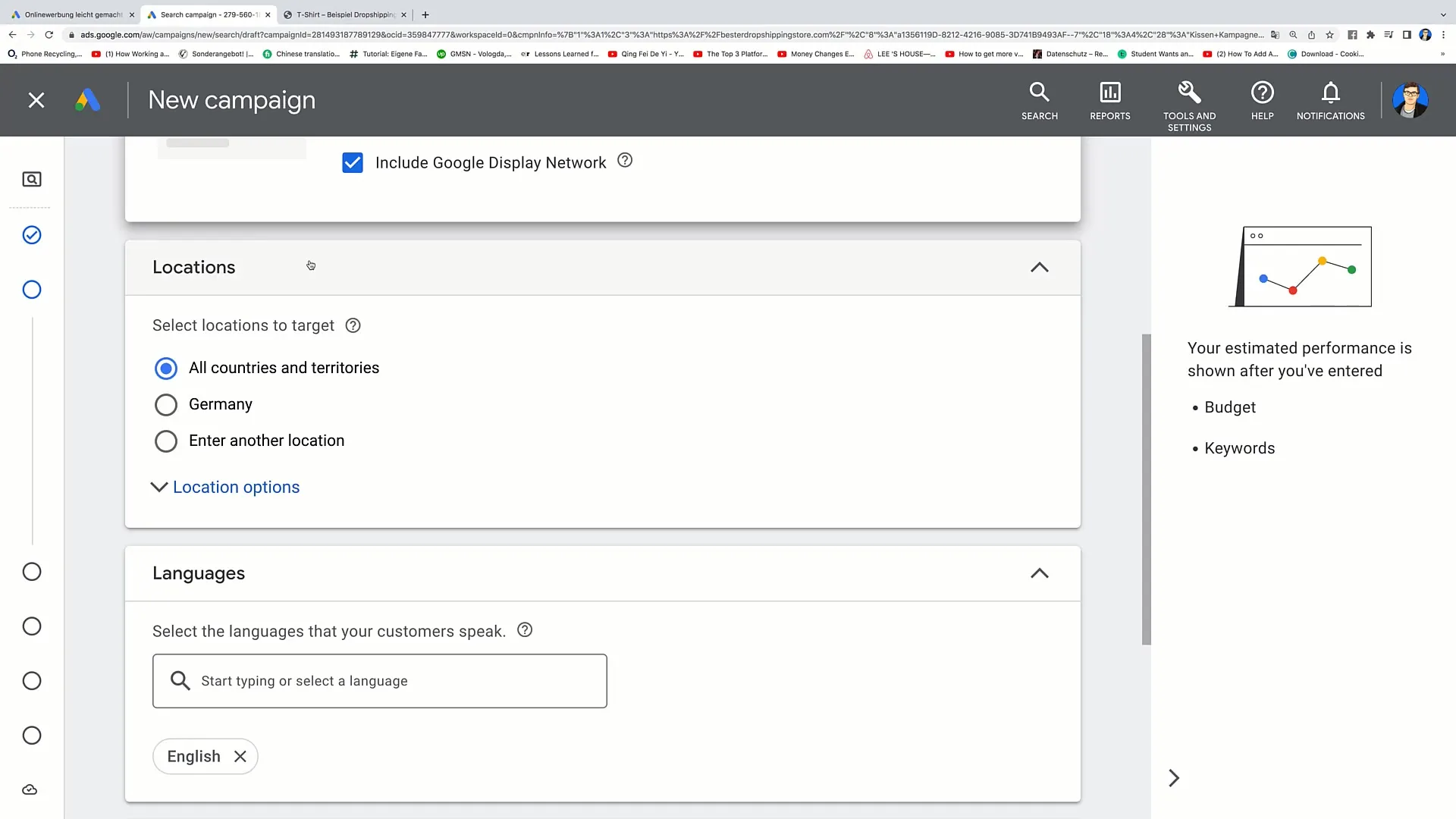
Step 2: Define Interest
In the next step, you have the opportunity to select a specific audience based on their interests and behaviors. Here you can choose between the options “People in your targeted locations” and “People searching for your locations.” Decide whether you want to target a broader audience or focus on local customers.
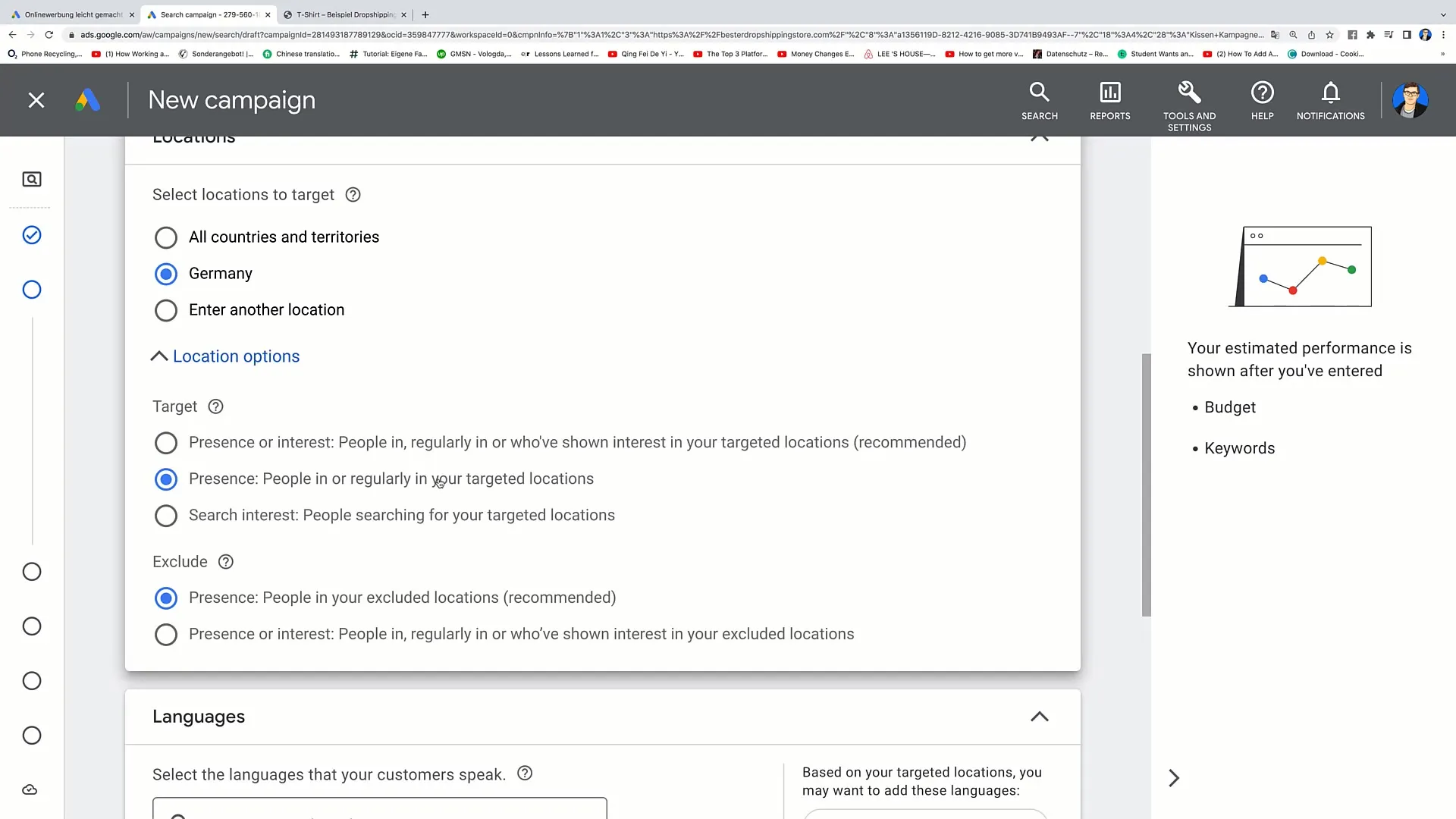
Step 3: Language Settings
Selecting the language is also important, as you only want to address people who speak or understand your language. If you are looking for a German audience, for example, select "German" in the language settings of your campaign.
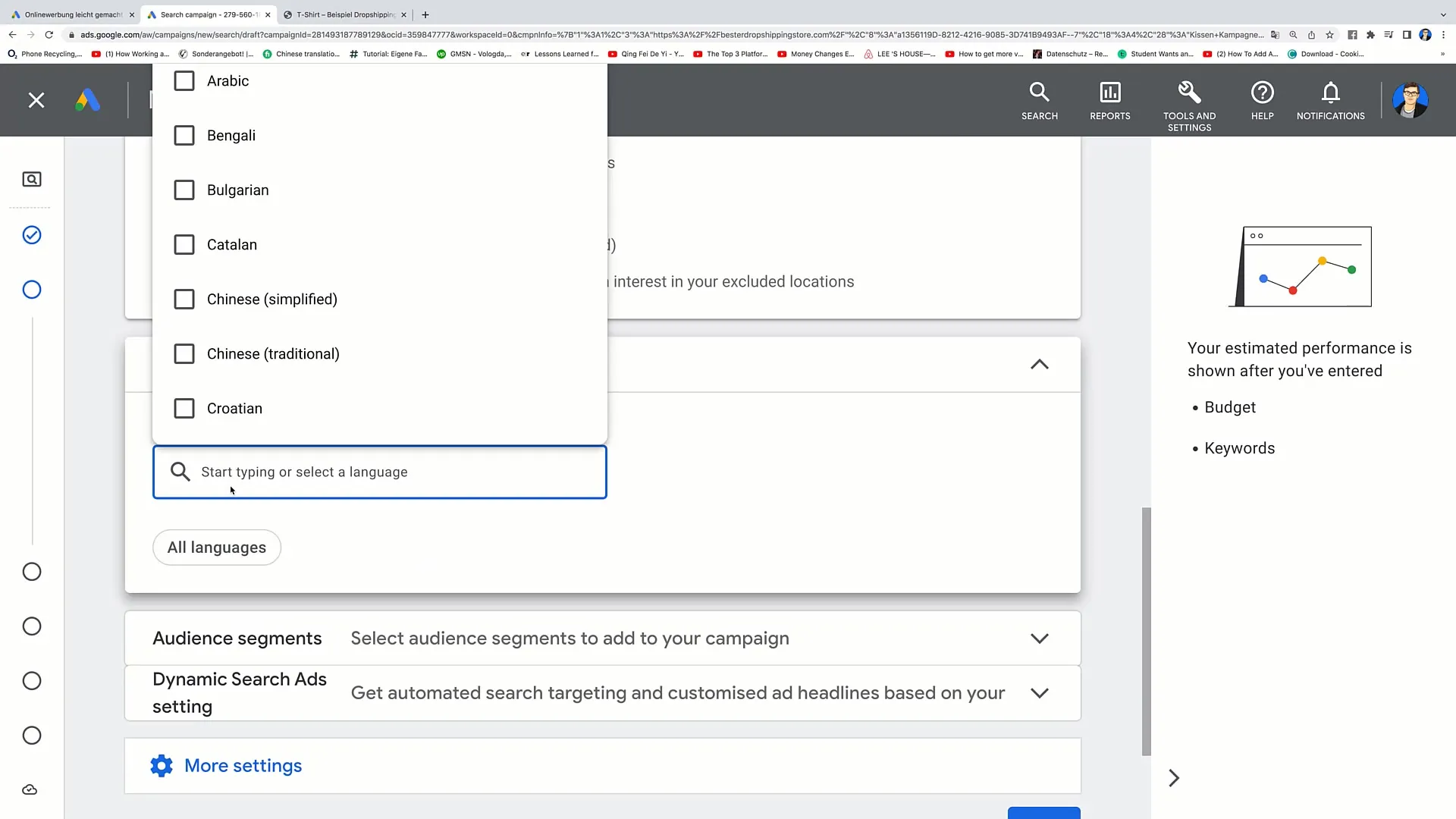
Step 4: Audience Segmentation
Go to the audience segmentation to find out which segments could be suitable for your campaign. Consider what characteristics your customers have and what interests they might have in your brand. You could do this through certain categories like “Fashion” or “Lifestyle.”
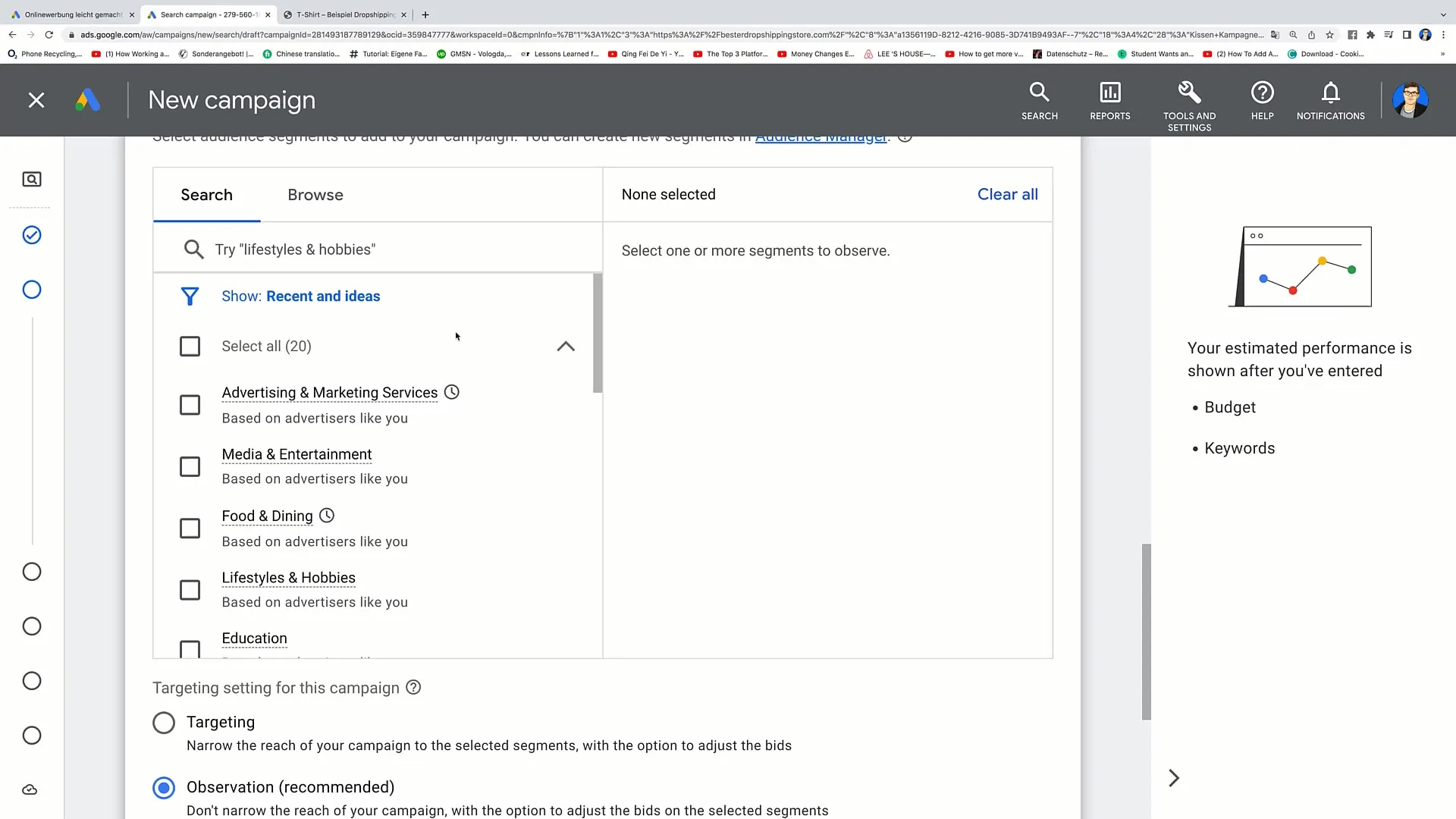
Step 5: Keyword Research
A very important step is the research of keywords under which your ads will be displayed. Here you can enter your website's URL so that Google generates relevant keywords. Make sure to select keywords that fit your product to ensure discoverability.
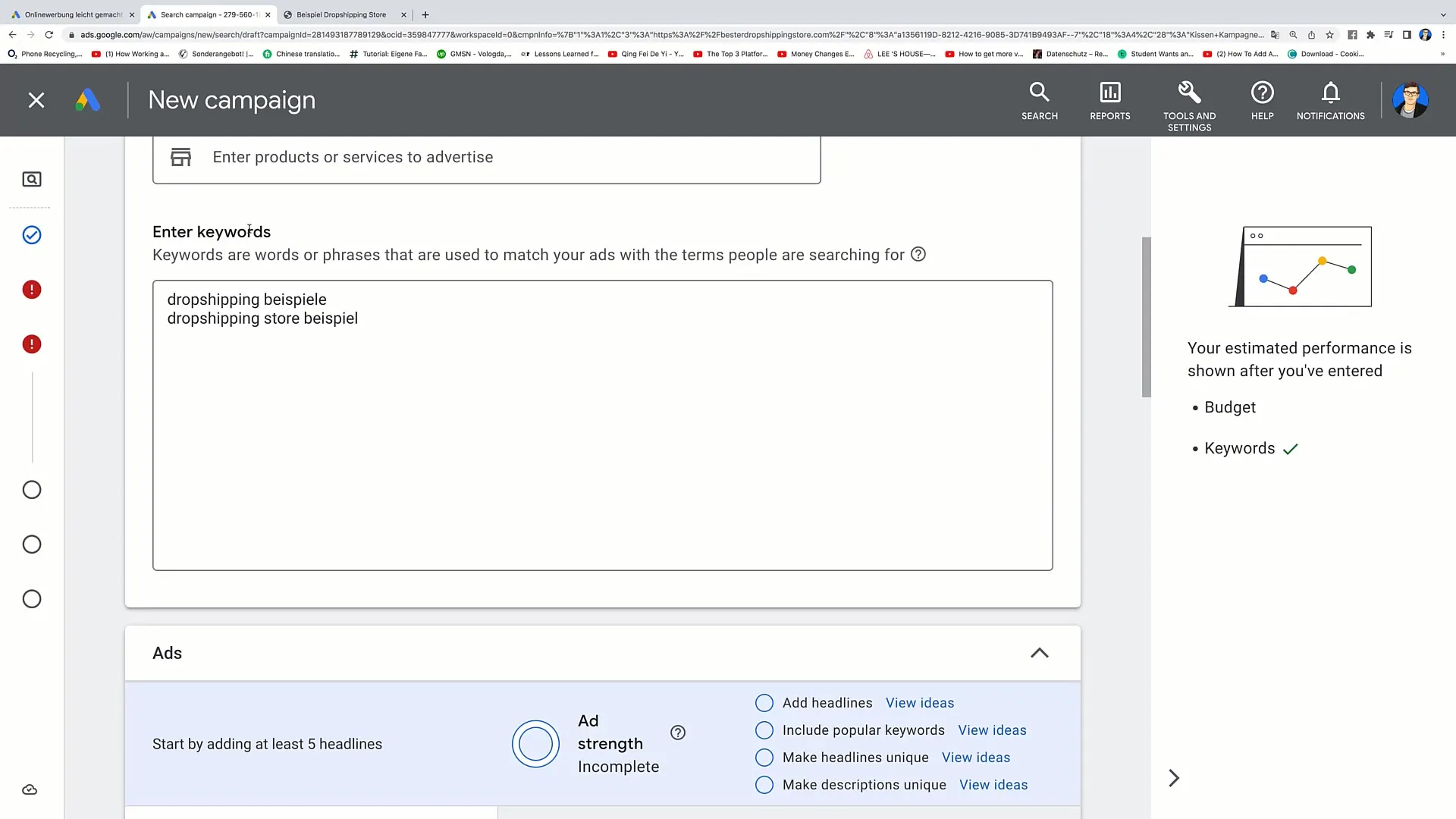
Step 6: Creating the Ads
Now begins the creative part: creating your ads. Here you provide the URL to which your ads should link. Remember that Google will test various versions of your ads to find out which one performs best.
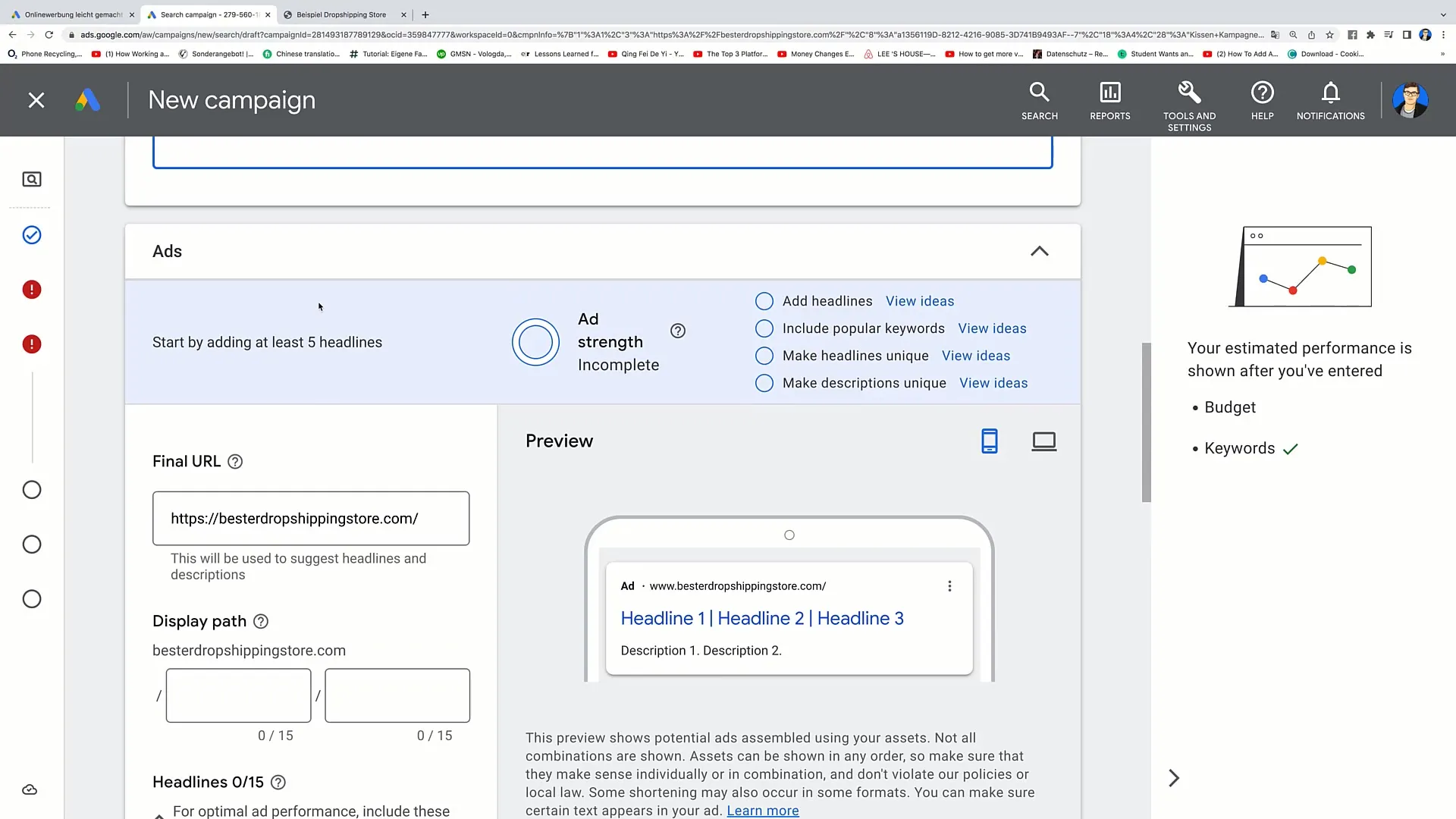
Step 7: Headlines and Descriptions
Historical headlines and descriptions are very important. These should be engaging and targeted. The more variations you create, the better Google can find out which combination is the most successful. Think about what might attract potential customers to your product.
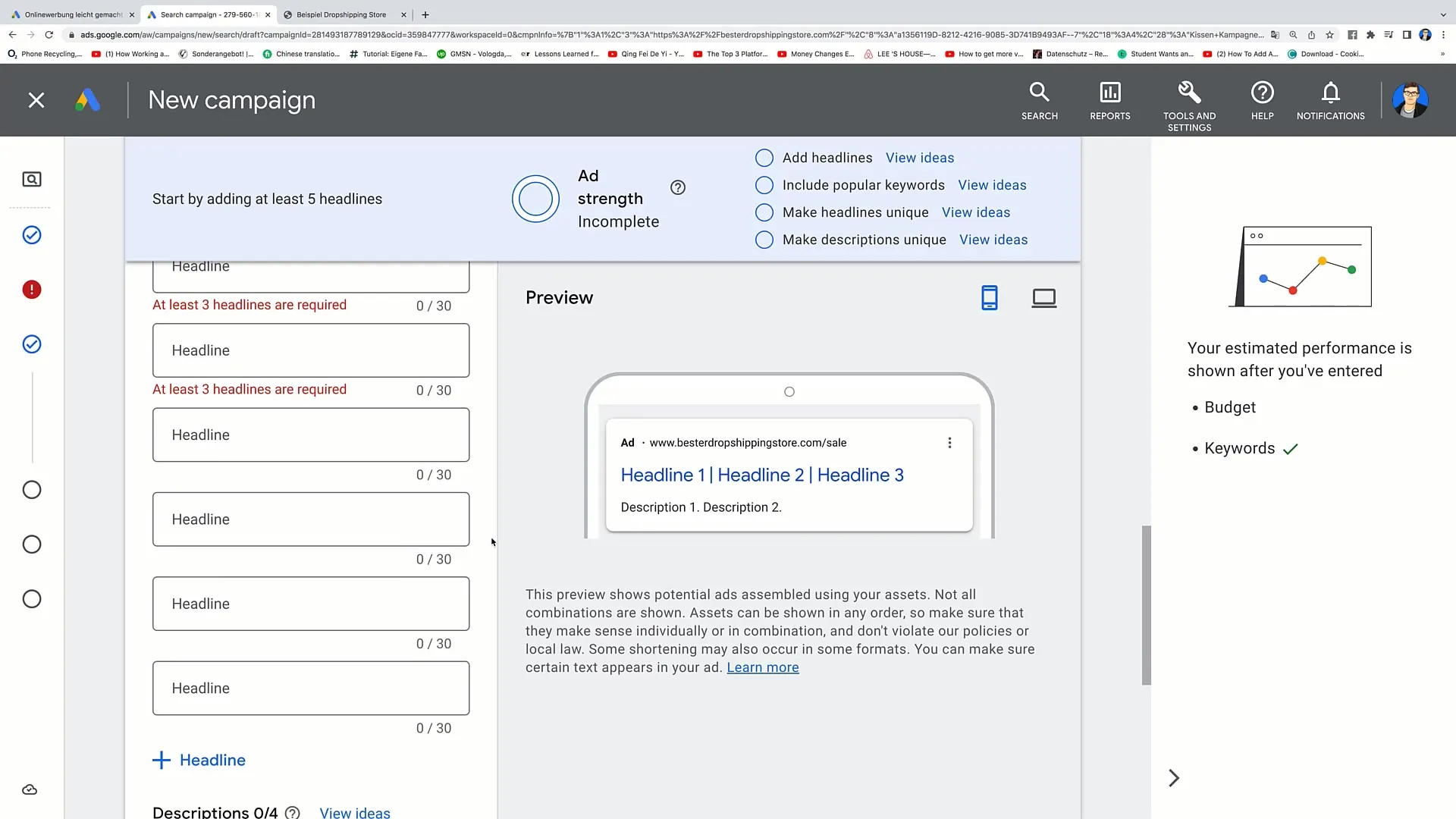
Step 8: Set Budget
Set your budget for the campaign. Google Ads requires a minimum budget that you must be willing to invest to have a chance at visibility. The more you invest, the more space you have to appear in the right places.
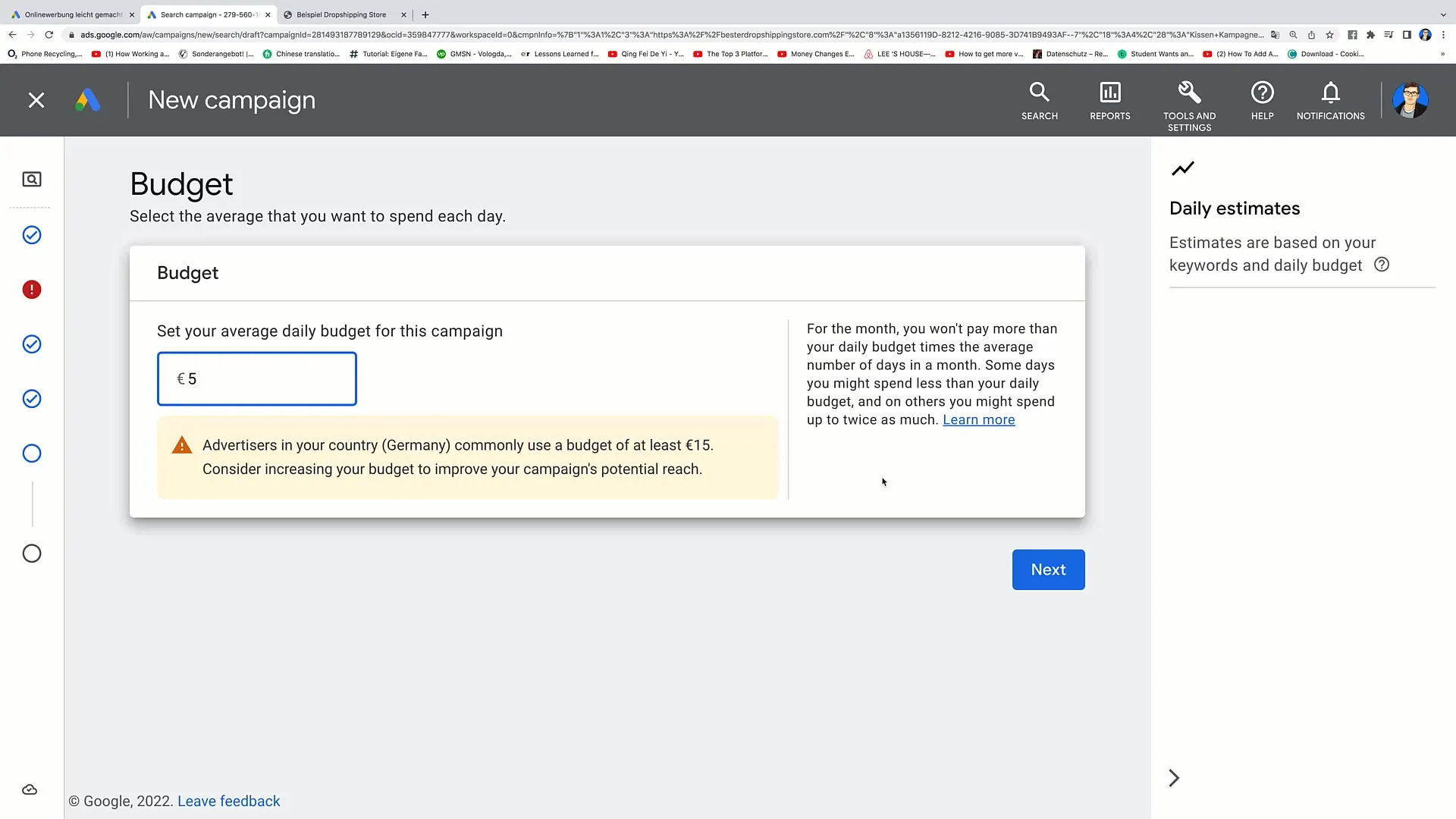
Step 9: Review and Launch Campaign
Before you launch the campaign, double-check all the information. You can make adjustments at any time if something is not right. Ensure everything is properly configured before handing the campaign over to Google.
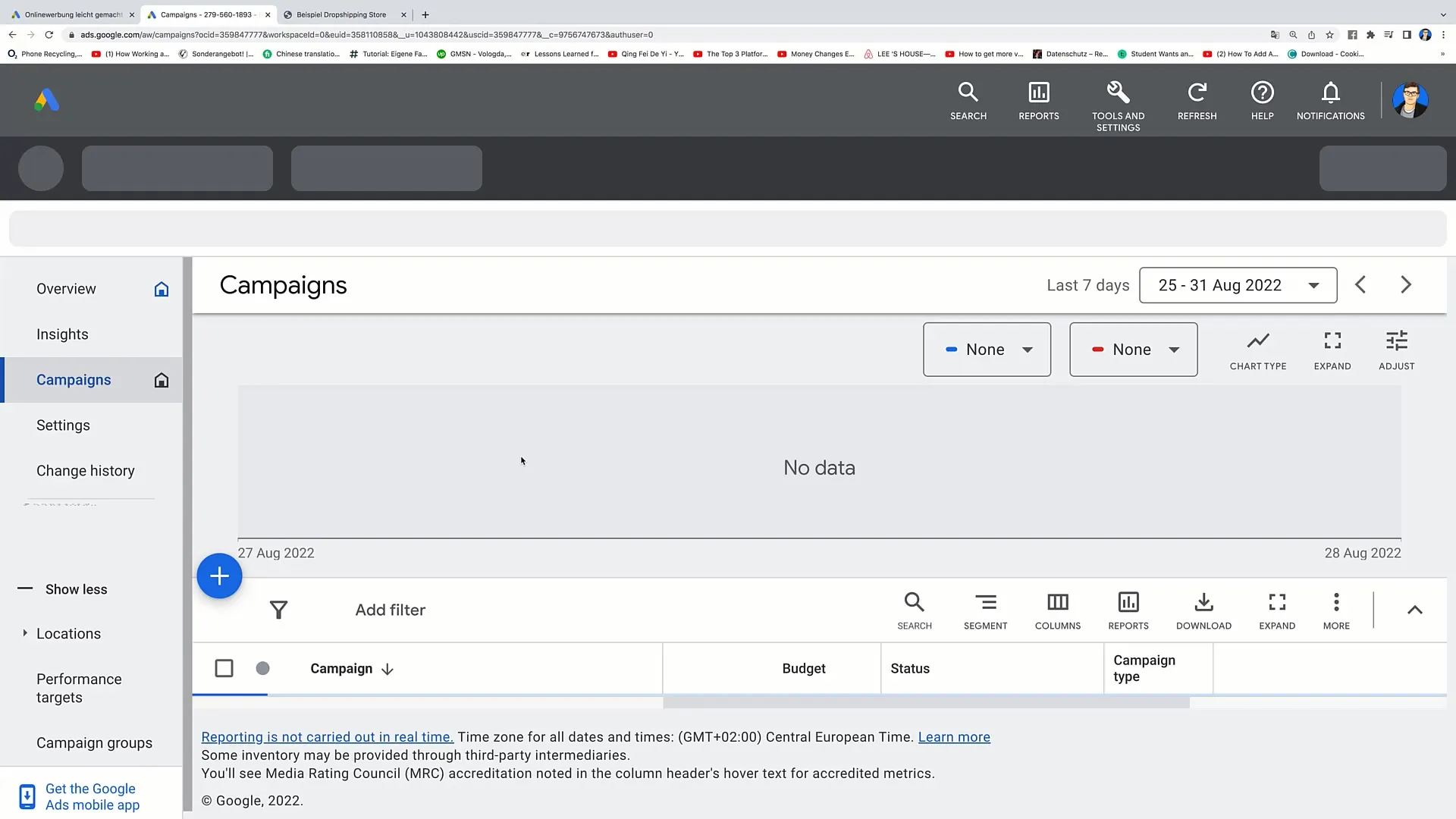
Step 10: Submit Campaign and Analyze
Once you have set everything up, you can submit your campaign. Google reviews the campaign and typically activates it quickly. Regularly monitor the performance of your ads to make adjustments as needed and optimize your advertising strategy.
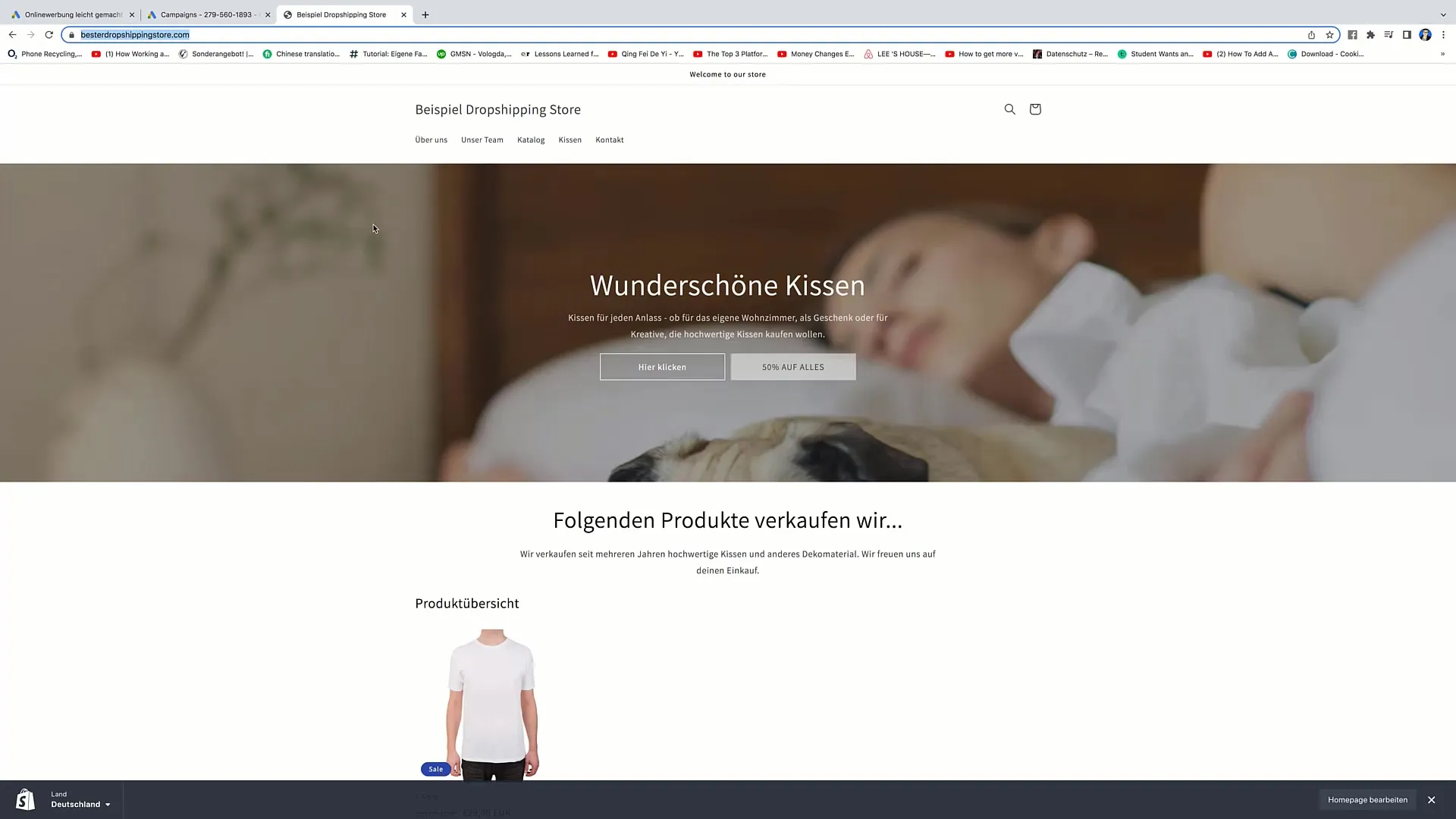
Summary - Google Ad Targeting for E-Commerce: Step-by-Step Guide
This guideprovides you with a comprehensive overview of the process of Google Ad targeting.
FAQ
Why is choosing the target audience important?The choice of target audience determines how many relevant users see your ad and how likely they are to click.
How do I find the right keywords?Use tools or enter your URL to generate relevant keywords associated with your products.
What are the best practices for headlines?Headlines should be engaging, precise, and action-oriented to grab attention and encourage clicks.
How often should I conduct a campaign analysis?It is advisable to regularly review campaigns to optimize performance and make adjustments based on the collected data.


